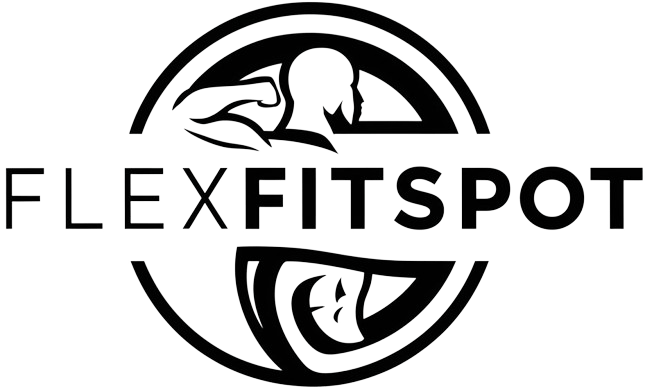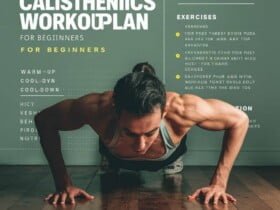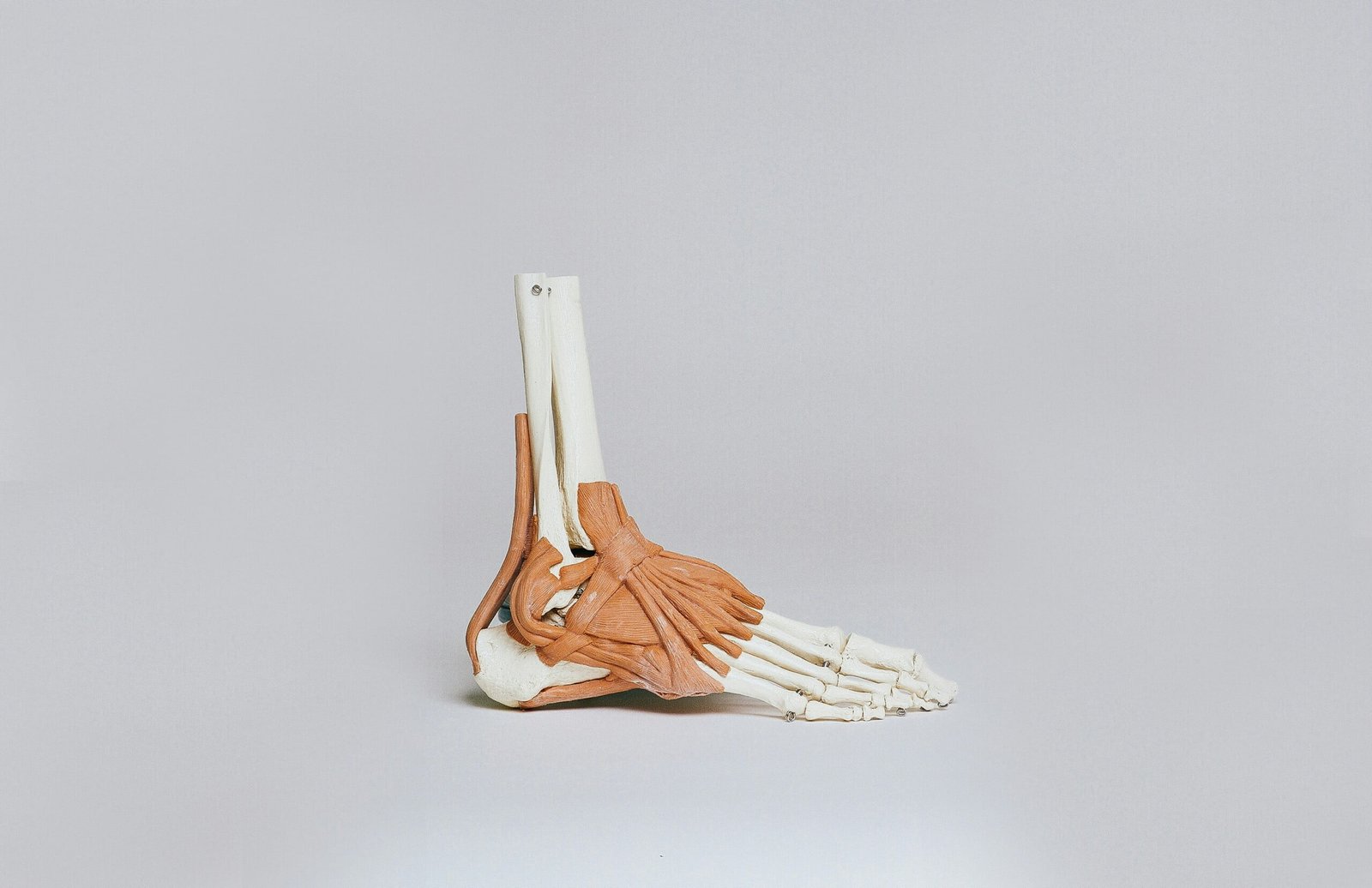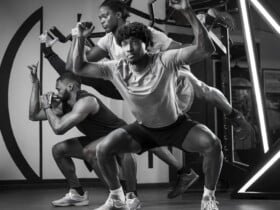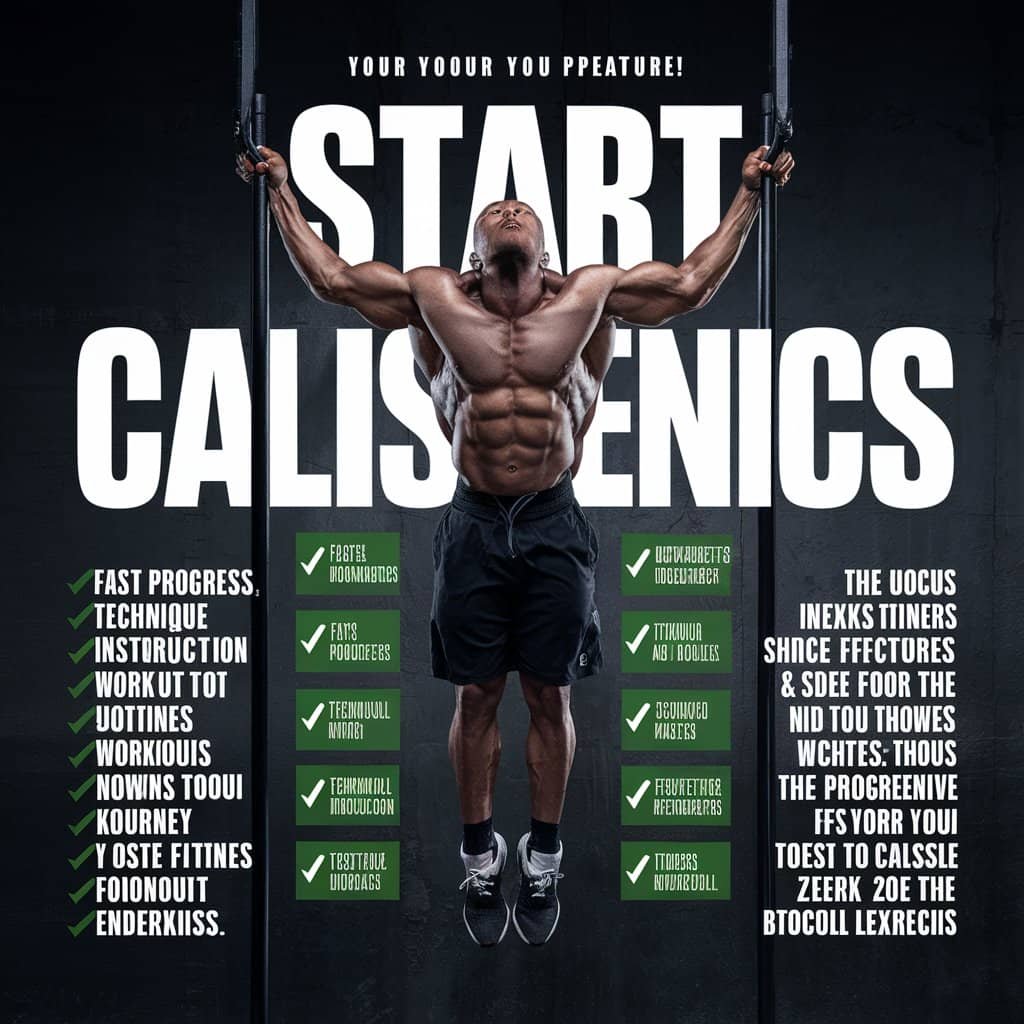How to Start Calisthenics ?
Are you looking to get fit, build strength, and improve your overall health in 2024? Calisthenics might be the perfect workout for you! This bodyweight training method uses minimal equipment and can be done anywhere, making it accessible to everyone. In this beginner’s guide, we’ll walk you through the steps to start your calisthenics journey in 2024.
What is Calisthenics?
Calisthenics is a form of strength training that uses your body weight as resistance. It involves exercises like push-ups, pull-ups, squats, and dips to build muscle, improve flexibility, and boost endurance. The beauty of calisthenics lies in its simplicity and effectiveness.
Benefits of Calisthenics
- Convenience: You can do calisthenics anywhere, anytime, without needing a gym membership or expensive equipment.
- Full-body workout: Calisthenics exercises engage multiple muscle groups simultaneously, providing a comprehensive workout.
- Improved body control: Bodyweight exercises help develop balance, coordination, and stability.
- Scalability: Calisthenics exercises can be modified to suit any fitness level, from beginner to advanced.
Getting Started with Calisthenics
Step 1: Assess Your Current Fitness Level
Before starting any new workout routine, it’s essential to evaluate your current fitness level. Try performing a few basic exercises like push-ups, squats, and plank holds to gauge your strength and endurance. This will help you set realistic goals and choose appropriate exercises.
Step 2: Master the Basics
Begin by mastering fundamental calisthenics exercises:
- Push-ups: Start with knee push-ups if needed, and gradually progress to full push-ups.
- Squats: Focus on proper form, keeping your back straight and your weight on your heels.
- Plank holds: Begin with short holds and increase the duration as you build core strength.
- Pull-ups: If you can’t do a full pull-up yet, start with assisted pull-ups using resistance bands or by jumping up to the bar.
Step 3: Create a Workout Plan
Structure your calisthenics workouts to ensure balanced muscle development and adequate rest:
- Frequency: Aim for 3-4 workouts per week, with rest days in between.
- Sets and reps: Start with 2-3 sets of 8-12 reps for each exercise, and gradually increase as you progress.
- Progression: As exercises become easier, make them more challenging by adding variations or increasing the number of reps.
Step 4: Focus on Proper Form and Technique
Proper form is crucial in calisthenics to prevent injury and maximize results. When performing exercises:
- Maintain body alignment: Keep your body in a straight line during exercises like push-ups and plank holds.
- Engage your core: Tighten your abdominal muscles to maintain stability and protect your lower back.
- Breathe consistently: Inhale during the eccentric (lowering) phase and exhale during the concentric (lifting) phase of each exercise.
Step 5: Listen to Your Body and Recover
As you progress in your calisthenics journey, pay attention to your body’s signals:
- Rest and recovery: Allow your muscles time to recover between workouts to prevent overtraining and injury.
- Hydration and nutrition: Stay hydrated and fuel your body with a balanced diet to support muscle growth and recovery.
- Warm-up and cool-down: Begin each workout with a dynamic warm-up to prepare your muscles, and end with a cool-down and stretches to promote flexibility.
Calisthenics Resources for Beginners
To further support your calisthenics journey, explore these helpful resources:
- Online communities: Join online forums and social media groups dedicated to calisthenics to connect with like-minded individuals and learn from their experiences.
- Tutorials and guides: Watch video tutorials and read guides to refine your technique and discover new exercises.
- Calisthenics parks: Look for outdoor calisthenics parks in your area to access equipment like pull-up bars and parallel bars.
Sure, here are six more sections related to starting calisthenics in 2024:
Common Calisthenics Mistakes to Avoid
As a beginner, it’s essential to be aware of common mistakes to ensure a safe and effective calisthenics journey:
- Neglecting warm-up and cool-down: Skipping these crucial steps can lead to injury and hinder your progress.
- Sacrificing form for reps: Prioritize proper form over the number of reps to prevent strain and maximize results.
- Progressing too quickly: Avoid rushing into advanced exercises before mastering the basics to prevent injury and frustration.
- Overtraining: Allow adequate rest between workouts to prevent burnout and promote muscle recovery.
- Ignoring pain: If you experience sharp or persistent pain during or after a workout, stop and seek medical advice.
Calisthenics Workouts for Different Fitness Goals
Tailor your calisthenics workouts to align with your specific fitness goals:
- Strength-focused: Incorporate exercises like weighted pull-ups, one-arm push-ups, and pistol squats to build maximum strength.
- Endurance-focused: Perform high-rep sets of exercises like push-ups, squats, and burpees to improve muscular endurance.
- Fat loss-focused: Combine calisthenics exercises with high-intensity interval training (HIIT) to boost metabolism and promote fat loss.
- Skill-focused: Work on advanced calisthenics skills like handstands, muscle-ups, and front levers to challenge your body and mind.
Calisthenics Equipment for Home Workouts
While calisthenics primarily uses bodyweight, some equipment can enhance your home workouts:
- Pull-up bar: A doorway pull-up bar is a versatile tool for exercises like pull-ups, chin-ups, and hanging leg raises.
- Resistance bands: Use resistance bands to assist with pull-ups, add resistance to push-ups, or perform mobility exercises.
- Parallettes: These portable parallel bars are great for exercises like dips, L-sits, and handstands.
- Gymnastics rings: Suspend gymnastics rings from a sturdy anchor point to perform exercises like rows, dips, and muscle-ups.
Calisthenics and Nutrition
To support your calisthenics training, focus on a balanced and nutritious diet:
- Protein: Consume adequate protein to support muscle growth and recovery, aiming for 1.6-2.2 grams per kilogram of body weight.
- Carbohydrates: Fuel your workouts with complex carbohydrates like whole grains, fruits, and vegetables.
- Healthy fats: Include sources of healthy fats like avocados, nuts, and olive oil to support overall health and hormone production.
- Hydration: Drink plenty of water throughout the day to stay hydrated and support muscle function.
Calisthenics Progressions and Variations
Keep your calisthenics workouts challenging and engaging by exploring exercise progressions and variations:
- Push-up variations: Try diamond push-ups, archer push-ups, or clap push-ups to target different muscle groups and increase difficulty.
- Squat variations: Progress to jump squats, Bulgarian split squats, or pistol squats to challenge your lower body.
- Pull-up variations: Experiment with wide-grip pull-ups, close-grip chin-ups, or around-the-world pull-ups to target different back muscles.
- Core exercises: Advance from basic plank holds to exercises like hanging leg raises, dragon flags, or human flags.
Staying Motivated and Consistent
Maintaining motivation and consistency is key to long-term success in calisthenics:
- Set SMART goals: Establish Specific, Measurable, Achievable, Relevant, and Time-bound goals to stay focused and track progress.
- Find a workout buddy: Partner with a friend or join a calisthenics community to stay accountable and motivated.
- Track your progress: Keep a workout log or take progress photos to celebrate your achievements and identify areas for improvement.
- Embrace variety: Incorporate new exercises, challenges, or workout locations to prevent boredom and maintain enthusiasm.
- Celebrate milestones: Acknowledge and reward yourself for reaching significant milestones in your calisthenics journey.
By incorporating these additional sections, you’ll be well-equipped to start and maintain a successful calisthenics practice in 2024. Remember, consistency, patience, and dedication are the keys to unlocking your body’s potential through this rewarding and transformative training method.
Conclusion
Starting calisthenics in 2024 is a fantastic way to improve your fitness, build strength, and take control of your health. By mastering the basics, creating a structured workout plan, and focusing on proper form, you’ll be well on your way to achieving your fitness goals. Remember to listen to your body, stay consistent, and most importantly, enjoy the process!
So, what are you waiting for? Get started with calisthenics today and unlock your body’s potential!
